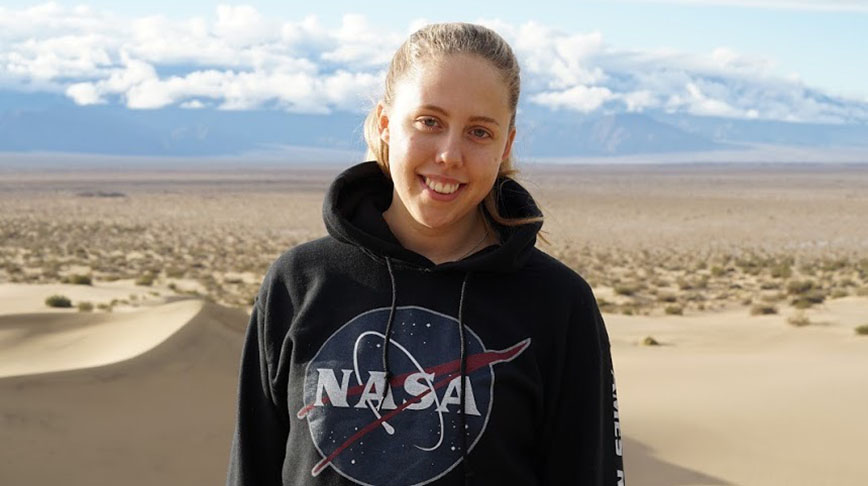Paving the way for a space station around the moon

Just four years after graduating from KTH, Aerospace Engineer Desirée Brundin has managed to establish herself in the international space sector. Today she works at Rocket Lab in New Zealand and is currently in the final phase of the CAPSTONE project, in which Rocket Lab’s Electron rocket will take NASA’s satellite into orbit around the moon.
Desirée Brundin works on the rocket’s third stage, known as Lunar Photon – a specially designed version of the Rocket Lab satellite platform Photon – which has been given a significant upgrade to take it from a Low Earth Orbit to a Trans-Lunar Injection Orbit.
When we spoke to her, Desirée Brundin had recently arrived in Mahia on New Zealand’s east coast, the Rocket Lab launch site: Launch Complex-1. The project is now in its final phase, and the satellite is soon to be launched.
“After two years of development work and testing, it’s finally time. Our launch window opens at the end of June and closes in July. We’re highly dependent on the weather, and delays due to cloud or strong winds are quite common,” says Desirée Brundin.

Her job includes taking care of the satellite on site during the launch campaign, and ensuring everything is correctly configured ahead of the launch itself.
The planned launch is a project in NASA’s Artemis spaceflight programme, which aims to return humans to the moon.
“One of the goals is also to land the first female astronaut on the moon. It feels like an important project to be a part of.”
The rocket being used for CAPSTONE is called Electron and is small compared to conventional lunar rockets. This means it can be built faster and at a lower cost. Electron is normally used to launch satellites into Low Earth Orbit, and at the time of writing 146 satellites have been sent up using what’s known as the microlauncher. So this will be the first time Electron is being sent all the way to the moon.
What are your best tips for KTH students?
1. “Just because you’ve started a several year degree programme, doesn’t mean you have to stay in the same location the whole time. There are all kinds of opportunities to study abroad with KTH, whether you’re an exchange student, doing an internship or working on an international project, or working on a bachelor or master thesis.”
2. “You need to take the initiative if you want to get abroad during your studies, but in my experience virtually anything’s possible! International experience is always a plus, both personally and in your career. For me, it’s been very useful to experience other cultures and get new perspectives.”
3. “Find a mentor! When you’re a new student everyone seems to be going on about mentors, but having someone who’s experienced in your field to help you get into an industry is absolutely invaluable. I worked at the KTH Space Center for a while with people like Christer Fuglesang, and I don’t think I’d be where I am today without his support.”
As for future goals – where will you be in five years?
“No idea. Had you asked me that five years ago, I’d never have guessed I’d be here now. The main thing is I’ll continue to take opportunities as and when they arise. After all, you only live once!”
Katarina Ahlfort
Photo: Rocket Lab

